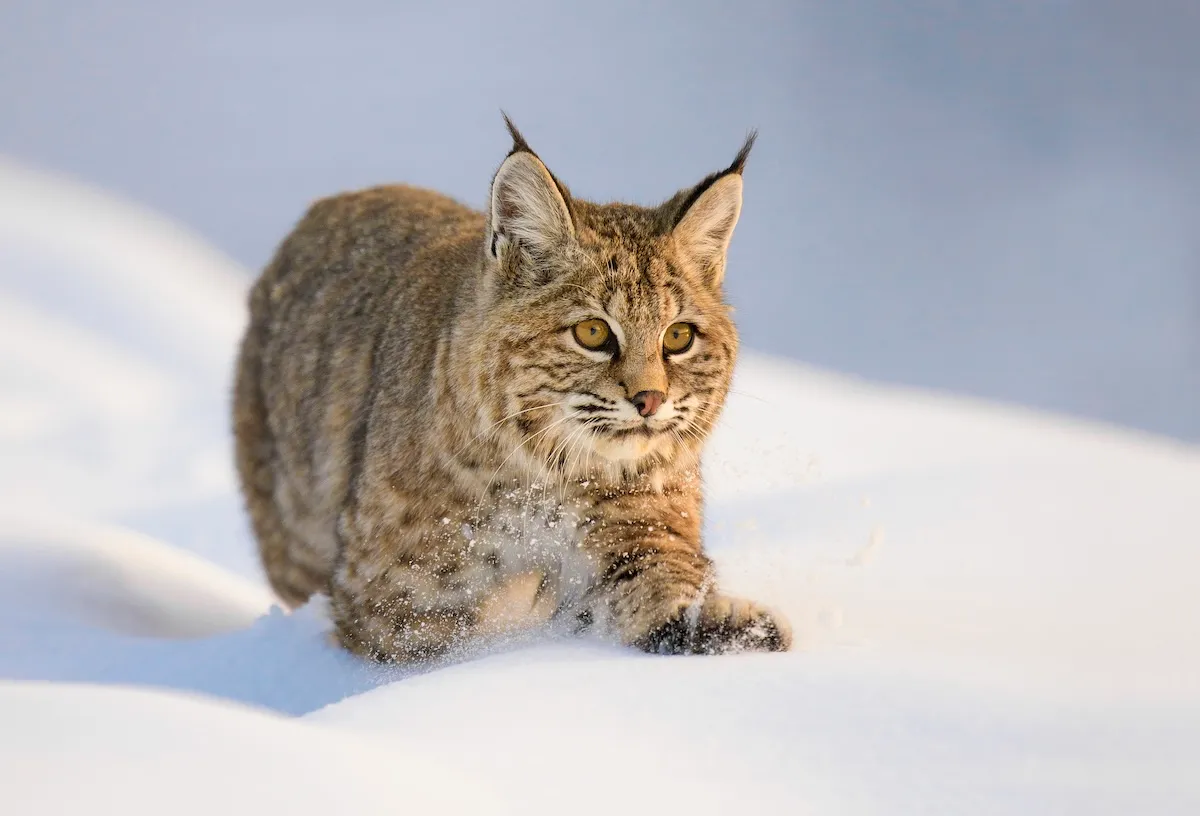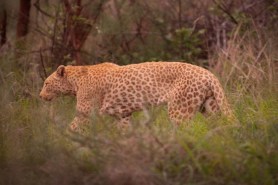

The new show Predators, which premiered Wednesday on Netflix, highlights some of the most dangerous animals on the planet as they survive changes in the seasons and climate.
Videos by Outdoors
The five-episode series reveals dramatic moments of life and death in remote areas of the world, as well as the consequences of a warming planet through spectacular imagery and engaging narration by Mad Max actor Tom Hardy.
The series shares the lives of a pair of cheetahs in Tanzania’s Serengeti, a pride of lions in Botswana’s Okavango Delta, a family of pumas in Patagonia, polar bears in Canada’s Hudson Bay, and a pack of wild dogs in the Zambezi River’s floodplains in Zimbabwe.
While Predators may sound like the newest premium nature documentary to hit the streaming service, executive producer Wendy Darke told Outdoors.com that it represents the latest and greatest in storytelling tools and techniques that shape the genre.
“Innovation is absolutely crucial to the approach,” Darke said about filming a modern-day wildlife documentary and “capturing the epic and the intimate, and then bringing those two worlds together.”
While she’s referring to using camera systems like an Agito robot to film inside a den of wild dogs and a first-person view (FPV) drone to monitor polar bears a hundred miles out on sea ice, she also means scripting the story so the animals become characters and the narrative is as impactful as a night-time drama.
“We consciously wrote our scripts from a first-person perspective — through the eyes of the cheetah, the polar bear, or the key protagonist — in the way that you would approach storytelling in a drama,” Darke said.
Filming each episode took between six months and a year, depending on location and a network of researchers and on-the-ground experts who know the areas and animals. Darke explained that each episode was scripted to elicit emotion, and they all contain spectacular, dramatic, comedic, and endearing moments, in addition to factual revelations and a “holy grail” moment.
“It’s when you’re watching a film and you suddenly feel very humble in that world . . . It just gives you goosebumps and makes you feel very alive, very connected, and very one with nature,” she said. “You don’t get many opportunities in a film to take the audience to that place, but when it’s there, it’s precious.”
In Predators, the holy grail moments include almost unbelievable scenes, like a polar bear stalking and killing a beluga whale out in the water or lions taking down an adult male giraffe.
Darke described her goal as both entertaining you and showing you an animal’s world rather than simply telling you about it. Watching Predators, she wants you to learn how the animals live and how climate change impacts their lives.
When asked if the series documents predators or climate change, Darke called the topics “inseparable.” She explained the challenges apex predators face because of climate change mirror that of humans. It makes finding food and hospitable environments much harder.
The message she hopes you take away from the show is that nature finds a way. She wants you to “take inspiration from animals about how they are adapting and how we might adapt to make the world a better place for them and for ourselves.”
You can stream all five episodes of Predators on Netflix.
Correction: We spelled Darke’s name “Drake.” We regret the error. Article updated Sept. 13, 2023.









